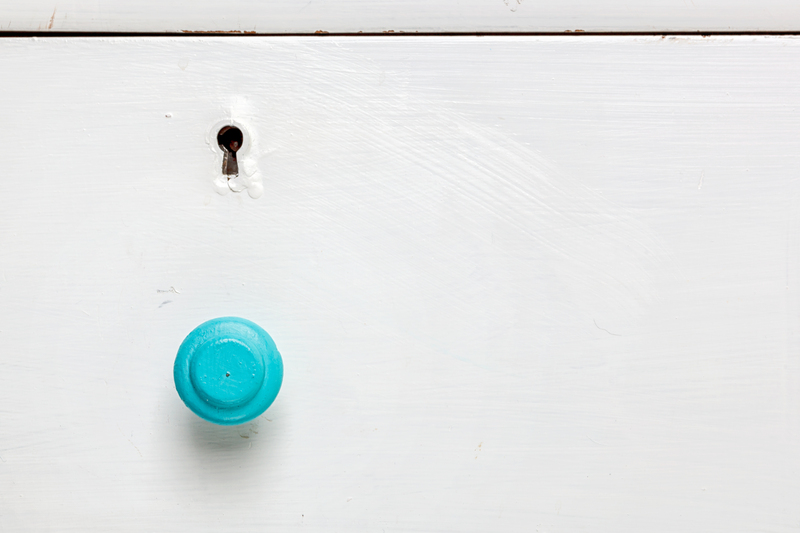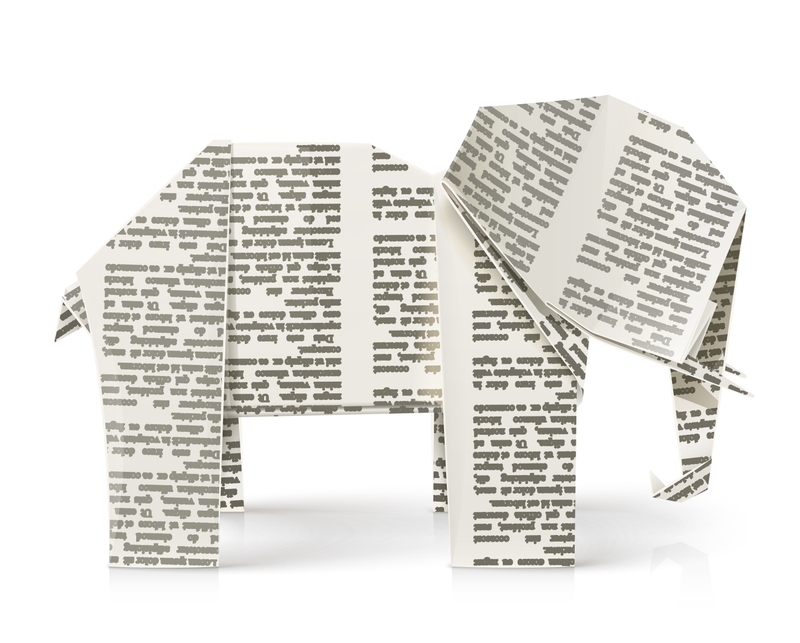Less is More: The Path to Minimalist Living Through Decluttering
Minimalism has become more than just an aesthetic; it's a transformative lifestyle choice for those seeking clarity, peace, and purpose. "Less is more" encapsulates the heart of minimalist living, encouraging us to shed excess and create intentional, meaningful spaces. In this comprehensive guide, we'll explore the power of decluttering, examine the benefits of minimalism, and provide actionable steps for anyone ready to embark on the path to a simpler, more fulfilling life.
What Is Minimalist Living?
Minimalist living is about much more than owning fewer items. It's a conscious philosophy that prioritizes quality over quantity, focusing on what truly matters and letting go of distractions. By deliberately reducing possessions, commitments, and even thoughts, minimalists create room for joy, creativity, and tranquility.
The Core Principles of Minimalism
- Intentionality: Keep only what adds value to your life.
- Clarity: Clear spaces lead to a clear mind.
- Freedom: Letting go of excess means more freedom--time, energy, and finances.
- Sustainability: Consume less; care for the planet.
- Mindfulness: Be present and savor simplicity.

The Link Between Decluttering and Minimalist Living
Decluttering is not just a side effect of simple living; it is the gateway. Through intentional decluttering, we strip away the non-essential, revealing what truly enriches our lives. This process can be liberating, empowering, and, at times, emotional. Yet, it's vital to the minimalist journey.
The Benefits of Pursuing a Minimalist Lifestyle Through Decluttering
Mental and Emotional Clarity
Excess clutter isn't just a problem for your physical space--it directly affects your mind. Studies have shown that clutter increases stress and anxiety. Decluttering creates a serene environment, helping to reduce decision fatigue and enhance focus.
Time and Money Savings
Minimalists spend less time cleaning, organizing, and maintaining their belongings. Fewer purchases also mean lower expenses and ethical consumption. Over time, you'll find you have more time for activities that truly matter.
Environmental Impact
Minimalism encourages mindful consumption and reduces waste. By owning less, you contribute to a more sustainable world--using, reusing, and recycling more efficiently.
Improved Well-Being and Contentment
Letting go of excess enables you to appreciate what you have. Minimalist homes feel airier, lighter, and calmer, increasing your overall sense of well-being and happiness.
The Decluttering Process: Step-by-Step Path to Minimalist Living
1. Define Your Minimalism Goals
Start by asking yourself what you hope to achieve through minimalist living. Is it freedom from materialism, more time with loved ones, or a peaceful home? Setting specific intentions will guide and motivate your decluttering process.
2. Assess Your Space
Survey your entire home or workspace. Create a list of areas that need attention. Group items into categories such as:
- Clothing
- Books and Media
- Kitchenware
- Sentimental Items
- Decor
3. Tackle One Category at a Time
The key is to avoid overwhelm. Start small: begin with the easiest category and progress towards more sentimental belongings.
- The KonMari Method: Keep only items that "spark joy."
- Four-Box Method: Label boxes Donate, Sell, Trash, and Keep.
- One-In, One-Out Rule: For every new item, let go of one existing item.
4. Make Thoughtful Decisions
Ask yourself:
- Is this item useful to me?
- Do I genuinely love it?
- Does it fit my current lifestyle, not just my past?
Be honest with yourself. Letting go can be difficult, but remember the ultimate reward: clarity and freedom.
5. Dispose Responsibly
Choose sustainable ways to discard belongings:
- Donate to local charities or shelters.
- Recycle electronics, textiles, and paper.
- Sell valuable items online for extra income.
6. Create Lasting Minimalist Habits
Decluttering is not a one-time event--it's a continuous process. Implement routines to maintain your minimalist lifestyle:
- Regularly reassess your possessions.
- Pause before each new purchase.
- Organize digital clutter--unsubscribe from unnecessary emails and delete redundant files.
Decluttering Tips: How to Make Minimalist Living Work for You
Let Go of Guilt
Many hold onto items out of guilt--gifts we don't use, clothes that no longer fit, or outdated gadgets. Remember: Your home is not a storage unit for other people's expectations. Set yourself free from unnecessary emotional baggage.
Start Small to Build Momentum
Begin with a single drawer or corner. Celebrate each accomplishment. Small wins will inspire you to tackle larger spaces, paving your minimalist living journey.
Design Simplified, Versatile Spaces
Choose multipurpose furniture. Opt for neutral tones and simple designs to maximize serenity and functionality.
Embrace Mindful Acquisition
- Ask yourself, "Will this item add genuine value?"
- Borrow or rent infrequently-used goods.
- Practice gratitude for what you already have.
Curate, Don't Collect
Minimalism is not about banishing all objects--it's about curating your collection. *Display only those meaningful items that tell your story and inspire you.*
Addressing Common Challenges in Minimalist Living
Sentimental Items
It's often hardest to let go of mementos and gifts. Here are some strategies:
- Keep a memory box with truly special items.
- Digitize photographs and cards.
- Share family heirlooms with relatives.
Remember, memories reside in your heart--not possessions.
Living with Non-Minimalists
If sharing a home, communicate openly. Respect each person's boundaries. Lead by example--your peaceful space may inspire others to declutter, too.
Overcoming the Fear of "Not Enough"
The fear of lacking something can hinder your progress. Minimalist living proves repeatedly that purposeful scarcity brings richness--in relationships, experiences, and freedom.
Minimalist Living Beyond the Home: Digital and Emotional Decluttering
Digital Minimalism
Our digital lives are as cluttered as our homes. Take time to:
- Unsubscribe from newsletters you don't read.
- Organize files and photos into labeled folders.
- Limit social media usage for a clearer mind.
Declutter your digital world for improved focus and peace of mind.
Emotional and Social Minimalism
Minimalism extends to relationships and commitments. Evaluate your social circle and activities:
- Invest in quality, not quantity, of friendships.
- Say "no" to obligations that drain your energy.
- Carve out time for self-care and reflection.
Letting go emotionally is just as crucial as letting go physically.
Maintaining a Minimalist Lifestyle: Practical Everyday Strategies
The One-Minute Rule
If a task (like putting away shoes or sorting mail) takes less than one minute, do it immediately. Small habits maintain order effortlessly.
Regular Review Sessions
Set aside a monthly or quarterly date to review your possessions, reevaluate your needs, and re-align with your goals. This keeps clutter from sneaking back in.
Celebrate Progress, Not Perfection
Minimalism isn't about deprivation; it's a practice. Embrace imperfections and notice how far you've come on your journey toward simple living.
Minimalist Living in Different Life Stages
Minimalism for Families
Minimalist living benefits families, too. Create shared spaces with clear organization, teach children about gratitude and generosity, and involve everyone in the decluttering process.
Minimalist Living for Singles and Couples
Focus on intentional design. Prioritize versatile, space-saving furniture and develop shared systems for clutter-free living.
Seniors and Downsizing
Embrace the liberating feeling of "right-sizing." Passing on treasured heirlooms can be a meaningful act of legacy.

Frequently Asked Questions on Minimalism and Decluttering
Do I have to get rid of everything to be a minimalist?
No. Minimalist living means keeping what matters most to you. There's no set number of items--just a focus on intentional choices.
How do I avoid rebuying what I just decluttered?
Focus on mindful consumption. Always pause before a new purchase. Make a list, research, and ask if the item fits your minimalist goals.
Can I be a minimalist with kids or pets?
Absolutely! Tailor your approach to your family's needs. Teach children the value of sharing, organization, and generosity.
Conclusion: The Lasting Joy of "Less is More"
Less is more is not just a phrase--it's a powerful pathway to freedom, clarity, and purpose. Through the act of decluttering, you unlock the full potential of minimalist living. Whether you wish to create a serene home, reduce stress, save money, or protect the environment, embracing simplicity will transform every corner of your life.
Start today. Begin small, but start wholeheartedly. The rewards--a lighter mind, a more spacious home, and a richer life--are worth every step. Remember, when you own less, you can do more, be more, and experience more. Minimalism is your invitation to live intentionally and joyfully, every day.